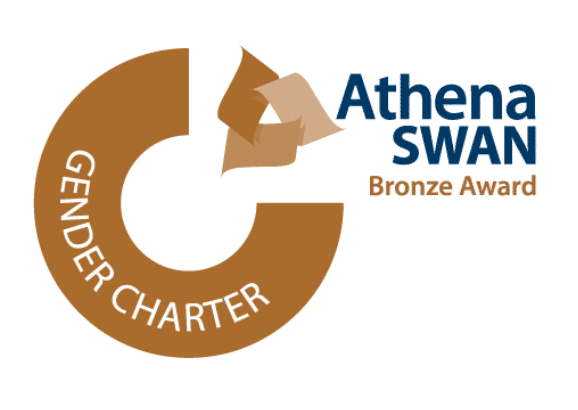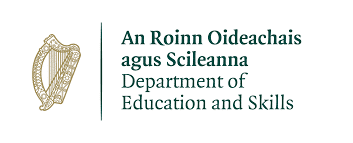Analysis: what should we be observing, recording, noting and collecting in the coming weeks which will be of help to future historians? by our European History Lecturer, Dr Ida Milne.
This article was written for RTE Brainstorm and is available here.
In October 1918, the influenza pandemic hit Clongowes Wood College, the Jesuit boarding school in Co Kildare, and two thirds of the school staff and pupils fell ill. One of the pupils was 11 year old James Deeny, the Lurgan-born general practitioner’s son. He went on to become a medical doctor himself, and Chief Medical Adviser for Ireland, and went on to work for the World Health Organisation.
Was Deeny’s lifelong interest in improving public health and in studying epidemic diseases like tuberculosis, typhus and enteritis triggered by his encounter with the influenza pandemic In school? There are no records to show, but it seems likely that it was one factor.
The coronavirus crisis will inspire some of today’s schoolchildren to become interested in working in medical care or science fields, or to study it from a humanities perspective. What should they be observing and collecting in the coming weeks?
One of the key things to remember is that this is a novel or new virus. We started with little knowledge of it, so we learn about it through collecting data from patient cases, treatments and different control measures. Public health and medical doctors change what they think they know as new studies become available. Medical journals like The Lancet currently have coronavirus studies available free online.
As time and research moves on, watch how these studies do not always agree. Trace how patient treatments and public health measures are influenced by them, and change over time. These influence issues like travel advice as well as medical treatment.
Then, there’s the news angle. Look at how media covers the story, and how different angles become more important as it progresses. What changes in the story? Do journalists ask probing questions or follow the official line from national governments? Do governments try to control news coverage to prevent criticism which might destabilise public compliance with containment measures, in the public interest, for example? Collect newspaper headlines and follow how they change over time. Cartoons are a useful resource for my own research: WK Haselden, the Daily Mirror cartoonist, captured the panic Londoners felt about the 1918-19 influenza pandemic.
Watch the various government broadcasts. What do they say, what news are they trying to manage and why? See how governments have a different style in each region. The great Harvard historian of medicine, Charles Rosenberg, says that each epidemic of disease is managed through local custom. The management of this virus in Asian countries has been influenced by their experience of two other threatening corona viruses, SARS and MERS. This has meant people in Asian countries are more used to preventive or containment measures, like mask wearing. Collect government public health posters or television advertisements.
Then, there is the public reaction. People watching at such times of crisis really serves useful purposes, as you see their attitudes to the disease, containment measures, self-isolation and fear of their loved ones being affected. Whole studies will be done by sociologists on panic-buying from this crisis. What do they buy? Who makes money out of the crisis? What does joining crowds of shoppers tell about their understanding of the disease? Why do various groups think they will not catch it?
Comb social media websites for public responses to news coverage of the pandemic. Try to analyse them and the angle from which they are written. Sometimes fear can show in anger or ostrich-like behaviour: “it’s not going to affect me” can be more “I hope it’s not going to affect me”.
Another common attitude in emerging epidemics – plainly seen in the newspapers of 1918 – is criticism of people for exaggerating the scale of the crisis: “it’s all over-hyped, far too much talk about it.” Is this valid or is it a manifestation of the speaker’s own fear? Is fear useful to get people to take precautions?
Ask questions of those around you. Record oral histories. Find their attitudes and worries not only about the disease, but about losing their jobs and how the economy will be affected in the longer term. Maybe they think it’s not important, that climate change is the real issue?
Look for positives too, as societies in crisis can show great kindness. During the influenza pandemic, neighbours risked their own lives to nurse neighbours, and communities rallied to set up food kitchens to bring meals to the very ill. This is happening around us already today so document it.




